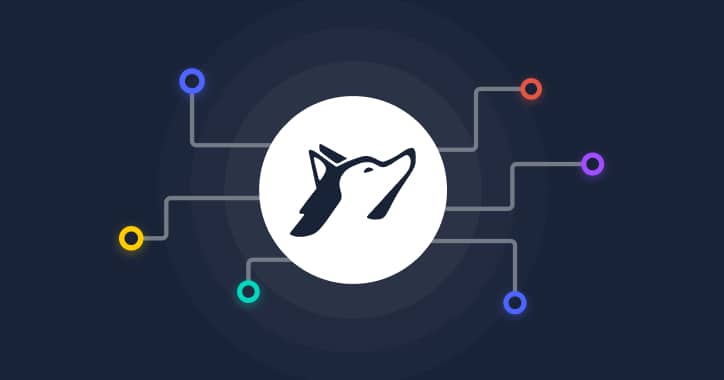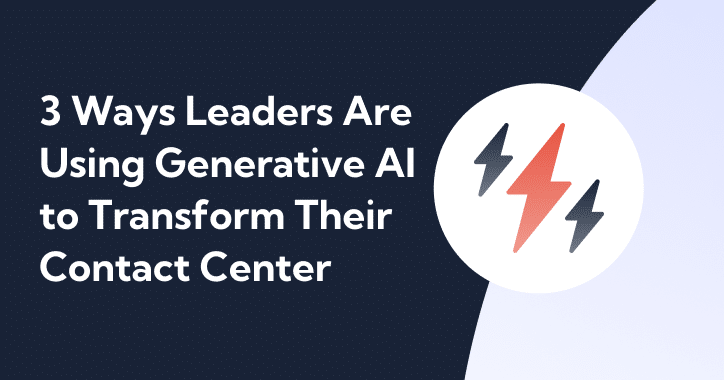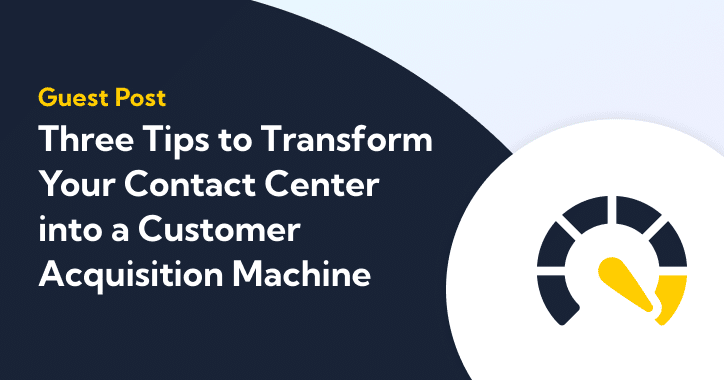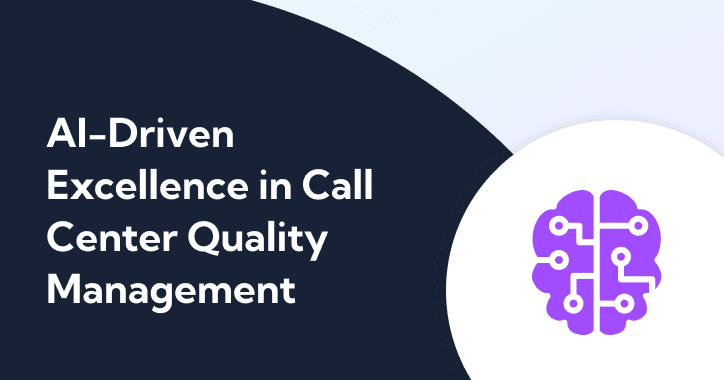It feels like AI is no longer escapable, if it ever was. The surge in coverage and popularity of tools like chatGPT, Dall-E, and others in the past year has pushed AI’s capabilities to the forefront of questions and decisions happening in business as you read this.
The contact center is no different. AI has taken our industry by storm and shows no signs of slowing down. Many of us have advocated for the value AI tools provide for several years. But recently, some have started asking questions about the future. Will AI replace agents completely? Will everything be automated?
Here’s the truth: The march of progress means at some point, human agents will likely be mostly replaced and automated by AI. But we’re not there yet.
You can prepare your contact center for an AI-powered future by implementing new strategies in the present.
The Current State of AI Technology
How often have we heard, “Once AI can do ____, then it will be truly intelligent.”
The list of possible answers to that gap gets smaller every day.
- You can purchase a book of haikus that includes hundreds of entries written by AI.
- An artist fooled the judges of a prestigious photography contest after submitting an AI-generated piece that won first place.
- AI programs can master strategy games, write code, make music, and much more.
So what’s left to fill in the blank? At our current pace, very little.
And that pace is not slowing down. New AI models and programs are being released like iPhones. GPT 1 was only released in 2018; it took less than a month to go from GPT 3.5 to GPT 4.
The Future of AI in the Contact Center
But what about the contact center?
“Once AI can give agents the right answer to customer questions, it will be intelligent.” Balto accomplished this years ago, and can accurately summarize customer calls, track customer sentiment, etc.
So what’s next? At our current pace, we will see fully natural language virtual agents, just as or more capable than human agents, in as little as five years.
Past attempts at introducing fully virtual agents inevitably failed for a number of reasons, chiefly because they didn’t sound like a human. When customers got on calls and heard a robotic voice say “Hello, I am an AI agent, how can I help you?” only to be met with an abrupt response of “AGENT!”
This is no longer the case. With the pace of AI advancement, we will see AI agents in five years that can:
- Communicate in a natural voice, language, and rhythm.
- Fully understand context, interpret customer data, and problem-solve.
- Input and retrieve information instantaneously.
- Display empathy and mimic human qualities.
In essence, these are virtual agents that are indistinguishable from humans when conversing over the phone and provide help better and faster than humans.
But the pace of these developments doesn’t come without friction. Inevitably, The gap will widen between what AI is capable of and where enterprises and consumers will be willing to use it. Alongside technical barriers to complete acceptance — the pace of testing, hallucinations, etc. — there are still the social barriers that bind AI, chiefly consumer preference.
For now, humans still want to talk to humans. The question we need to ask ourselves is why.
AI Capabilities and Humanness
If we think of humanness and capability needs on a map, we can visualize all the tasks and skills needed for successful contact center agents.
In the bottom quadrant, you have tasks that don’t need humans nor require high capability. These tasks are already being automated in contact centers with chatbots, generative AI tools like Balto’s Real-Time Notetaker, and more.
As AI continues to advance, it will start to take over tasks that need more capability, including solving complex problems with a deep library of technical knowledge recalled in an instant.
But what about skills that are particularly human? Currently, AI agents can’t provide empathy, comfort, and persuasion quite like a human.
But that time may come in the future. If an AI can effectively replicate a human voice, comforting an upset customer isn’t impossible. Large language models will continue to advance to a point where AI will likely be able to effectively persuade customers using a natural cadence and language.
The contact center agent of tomorrow will need to lean into humanness and be almost as capable as the AI. But what should contact centers do in the meantime?
The Bridge to End-to-End Contact Center Automation: Hybrid AI
True end-to-end contact center automation isn’t ready — yet. But it’s coming, and quickly. In the meantime, contact centers’ most significant opportunity over the next 5 years is using AI to augment human capabilities.
Against the rise of AI, augmenting human capabilities is the only way to make people economically viable. And if you believe that people have an important role in contact centers, holding onto that viability is important.
Hybrid AI isn’t far-fetched. The rise of omnichannel solutions has already seen human agents supported by chatbots, synced in with AI-enhanced platforms like Real-Time Guidance.
Here’s what hybrid AI can already do today:
- Pop resources and knowledge articles to agents the moment they need them.
- Scale processes and best practices to your agents to drive quality and consistency.
- Automatically summarize agents’ calls and eliminate their need for notetaking.
- Create dispositions using natural language and automatically disposition agents’ calls.
- Automatically alert supervisors in real-time whenever agents are navigating precarious situations.
- Autocomplete quality scorecards and direct Quality Management to the exceptions.
Hybrid human-AI solutions like these balance efficiency, learning, risk, and social acceptance. They keep agents — and humanness — at the center of customer conversations while increasing their effectiveness.
As more workers and the public at large become more familiar with these kinds of solutions, they pave the way for an inevitable future while establishing a precedent for humanness at the center of it all.






